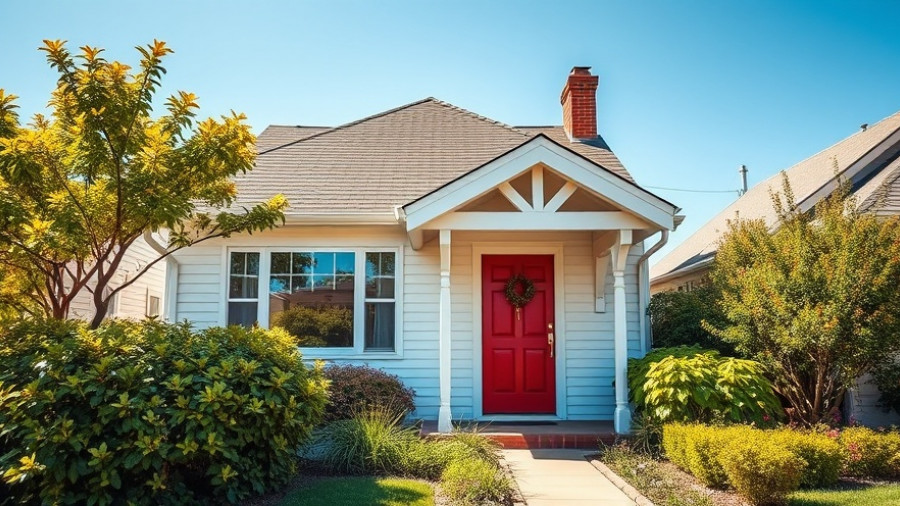
Understanding the Rising Costs of Living Alone
The modern urban landscape is evolving rapidly, revealing a profound shift in housing affordability for single individuals. Recent studies highlight a troubling trend often referred to as the 'singles tax,' which shows that living alone is becoming significantly costlier across various U.S. cities. This phenomenon poses unique challenges for a demographic increasingly seeking independence while grappling with soaring rental prices.
What is the 'Singles Tax'?
Defined as the extra amount that single renters pay compared to those sharing a space, the 'singles tax' can run into thousands annually. A quintessential example is New York City, where singles pay an astonishing average of $20,100 more each year compared to those living with partners or roommates. This disparity largely arises from skyrocketing real estate prices that create a financial burden unique to those without roommates. In addition, neighboring cities such as San Francisco and Boston also exemplify this trend, showcasing singles taxes of $14,793 and $12,289, respectively.
Impact on Various Demographics
For home service businesses such as HVAC companies, plumbers, and renovation contractors, understanding this pattern is crucial. As rental prices continue to rise, single professionals may seek to optimize their living spaces through renovations or upgrades to improve comfort. This presents business opportunities but also signifies a shift in consumer behavior. Individuals might prioritize smart home solutions that enhance their living experience without necessitating roommate arrangements.
Economic Implications and Future Predictions
With nearly half of all renter households in the U.S. considered 'cost-burdened'—spending over 30% of their income on housing—the implications extend beyond personal finance. As more singles endure this pressure, they may delay life milestones such as starting families or purchasing homes. This trend not only affects individual lives but also impacts local economies and housing markets. Experts predict that as cities evolve, emerging living arrangements, including co-living spaces, will gain popularity, fundamentally reshaping urban ecosystems.
Actionable Insights for Home Service Businesses
As the dynamics of urban living shift, service businesses should consider tailoring offerings to meet the needs of single renters. Marketing strategies could focus on promoting home improvement techniques, energy efficiency upgrades, or even space-saving solutions that cater to solo occupants. Understanding the nuances of this demographic can provide valuable insights into consumer behavior and preferences.
In light of these revelations, businesses are encouraged to adapt, innovate, and respond to the changing landscape. Those adept at recognizing and addressing the demands of singles may find ample opportunities in this evolving market.
 Add Row
Add Row  Add Element
Add Element 


Write A Comment